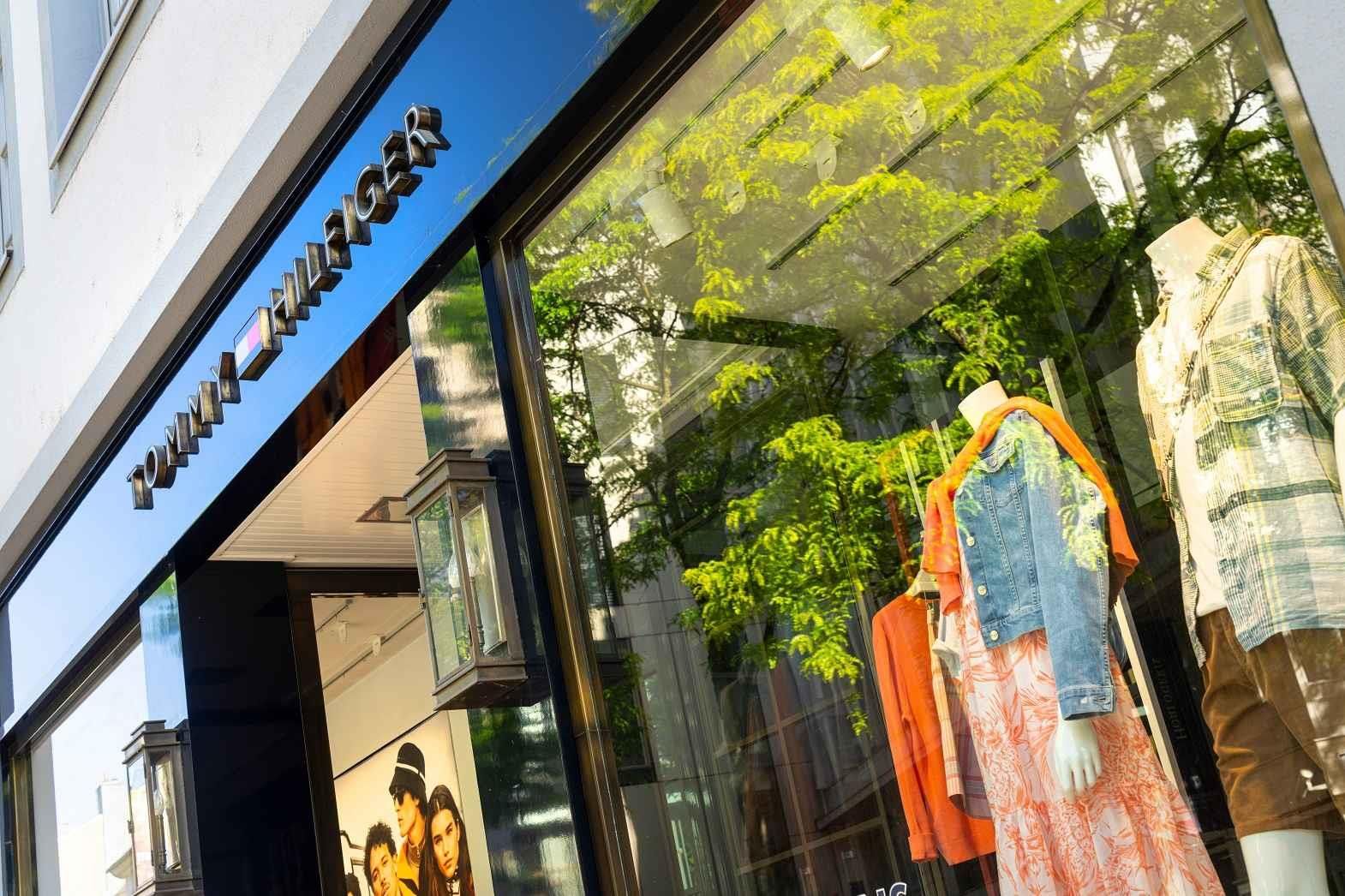"There is headroom for a large number of brands in India, especially in women's products where there is big purchasing power. But very few brands cater to them, on the supply side. Ecommerce is doing a good job of educating the customers on brand discovery," says Darshan Mehta, president and CEO, Reliance Brands (RBL).
According to a CII-AT Kearney report, India's luxury market is evolving at 20 per cent per annum, which is much faster than anyone had expected. This staggering growth has further triggered a flurry of international brands in the country. Some of the leading Italian fashion brands like Moschino and Alberta Ferretti, Pollini, Gattinoni, Byblos and Scorpion Bay are also gearing up to make a foray into the Indian market. Italian apparel brands that are already operating in India with the help of local partners include some well-known and well-liked global names like Versace, Armani, Gucci, Ermenegildo Zegna, Salvatore Ferragamo, Tod's and Boggi Milano.
Game changer
The scale and pace of progress in India has been remarkable in the past decade. Moreover, the growing purchasing power of India's average middle class, together with burgeoning income has resulted in higher footfalls in international apparel brand stores. Besides, the educated young population of India is keen on experimenting with global fashion labels. This has changed the dynamics of the game for international apparel brands in India.
Furthermore, luxury apparel brands that have captured the developed markets of USA and Europe are now concentrating on markets like India where the concept of luxury is just budding. India's metropolitan cities, especially Delhi and Mumbai, have proved to be star bases for these brands as these markets are far from saturation. "For luxury, Delhi and Mumbai account for 80-90 per cent of the business," said Mehta. An average customer of these cities is more fashion- and brand- conscious than clientele in other cities. This awareness certainly helps boost sale.
With support from Indian counterparts, the American brand Forever 21 launched women-only western clothing and accessories in a retail space measuring 10,000 square feet. Likewise, Zara launched its store covering 14,000 square feet. Larger stores are allowing brands to increase the efficiency of their operations, maximise visual impact, and increase the speed at which they can achieve critical mass in the country. This has also directed some global apparel brands to launch stores in tier II cities. Apart from consumers' rising interest in international brands, the rental for stores is much less in these cities. Chandigarh is one of the most preferred by global fashion apparel brands. More than 50 per cent of international retailers in the city belong to the apparel sector. Ludhiana and Amritsar follow close behind.
The other side
International apparel brands resurfaced in the Indian market only five years back. While brand awareness is growing, the number of customers ready to shell out money on these brands is not growing as fast as desired. The fundamental mindset of the Indian middle class to save, rather than spend, remains a stumbling block to expansion. So, those who can afford to buy these brands are not eager to pay a hefty amount, and those who are ready to spend are not spending enough.
India's investment barriers for global apparel brands also keep key players at bay. Compared to China, import duties on textile goods are also higher in India. The 100 per cent FDI in single- and multi-brand retail is also not as cheering as it sounds. The provision of 30 per cent local sourcing in FDI has deterred several brands from investing in India. Apart from this, some global apparel brands also encounter problems in finding quality real estate to open stores.
Another factor for concern is that not all these international brands are raking in profits in comparison to the investment they have made in India. Infinite Luxury Brands, franchisee for luxury brands Roberto Cavalli, Versace and Emilio Pucci (Pucci) in India saw a 99.36 per cent decline in net profit and stood at ₹92,373 in fiscal year 2014. Only a year ago the total sales of these brands were ₹1.44 crore.
The desi influence
The Swadeshi movement which was the soul of India's Swaraj struggle facilitated better understanding about local produce among compatriots. While khadi became popular in India, many international firms too put this humble fabric to good use. Today, as international labels work in India, they realise that many Indian customers are still traditional in their preferences. So, many international names are infusing certain aspects of Indian culture in their brands. The sarees by Hermes, Chanel's Paris-Bombay collection, denim sarees, bandhgala by Paolo Canali et al are hitting the headlines for all the right reasons.
The glamour and glitz of India has attracted several major brands from all over the world. A growing urban elite population in India has led several eager international apparel giants to queue up, waiting to enter the Indian market. According to Luxury Society, a Paris-based website, by the end of 2022, India will require approximately 1.76 million people to handle the growing luxury brand business. The support extended by Indian brands to launch international labels in the country has made survival easy for these brands. International apparel brands have undergone changes in their strategy and this has led to better operating structures to suit the current demand of Indian customers.
References:
1. Fashionunited.in
2. Businesstoday.intoday.in
3. Sharnoffsglobalviews.com
4. Livemint.com
5. Rediff.com
6. Iosrjournals.org








Comments